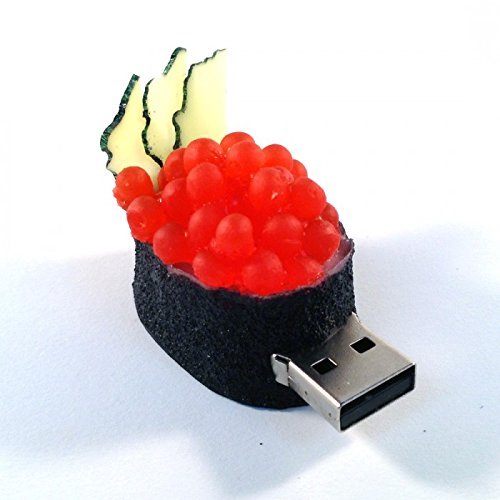DOWNLOAD F A H I M S E D I Q I Download from the links, and Extract that in a Drive, for e.g in Drive “D”. OPENING F A H I M S E D I Q I Plug the USB into your computer then format it and Open the from the place that you extracted itfrom a drive (D) 5. OPENING SDATA TOOLS F A H I M S E D I Q I. To increase the size of your flash drive you have to download the SDATA tool from the link provided below. You can easily change the size of your usb from 2gb to 4gb, 4gb to 8gb and 8gb to 32gb. Follow the simple steps. Step 1 Go to this link & download the SDATA.zip from here.

Drive Increaser 2 Download
Step 2]
Insert your memory card or flash or USB drive.
Now Format your drive.
Step 3]
Extract SDATA.Zip in your PC. And then double click on the folder in that Run SDATA Tool as administrator.
Memory Stick Drive Increaser 4gb To 8gb Free
Step 4]
select your drive carefully to expand the memory(it will erase all existing data).
Step 5]
Now select the next immediate size to expand. e.g if you have inserted 1 GB card select 4 GB first. Once it completes then select the same drive and select 8 GB and then 16 GB.
This is due to FAT32 limitation. Files larger than 4GB can NOT be stored on a FAT32 volume. Formatting the flash drive as exFAT or NTFS will resolve this issue.
WARNING: Backup your data. Formatting will delete all the data in your device.
SOLUTION 1 - Format in exFAT
exFAT file system that allows a single file larger than 4GB to be stored on the device. This file system is also compatible with Mac.
Windows 7 and Mac OS 10.6.6 and higher are compatible with exFAT out of the box. Older operating systems may need a patch installed for exFAT compatibility.
NOTE: exFAT file system is NOT compatible with some host devices such as TV, game systems, older operating systems, car stereos etc.
Formatting a drive in exFAT
1. Double-click on My Computer.
2. Right-click on the flash drive or memory card, then select Format.
3. In the File System list, click exFAT.
4. Click Start.
5. Click OK to start formatting.
Click Here for Instructions to format with Mac
SOLUTION 2 - Format in NTFS
WARNING:
- Formatting the device as NTFS will make it unwriteable on a Mac computer. Most Mac computers can read NTFS, but not write.
- NTFS is a journaled file system, this creates more read/write activities. Therefore, it MAY decrease life expectancy of your device.
- Once the device is formatted as NTFS, you MUST use 'Safely Remove Hardware' to remove your device.
STEP 1 - Optimize the flash drive for performance
1. Plug in the device to the PC.
2. Open The Computer Management Console
a) Windows 8
b) Windows XP, Windows Vista, Windows 7
3. On the Left side selectDevice Manager
4.On the right side expandDisk Drives
5. Right-click on the flash drive, then select Properties.
6. Click the Policy tab.
7. Select Optimize for performance, then click OK.
STEP 2 - Format the flash drive
1. Double-click My Computer.
2. Right-click on the flash drive, then select Format.
3. In the File system list, click NTFS.
4. Click Start.
5. Click OK to start formatting.